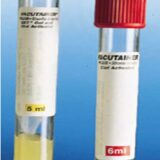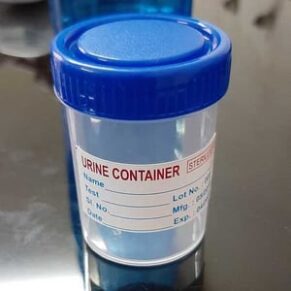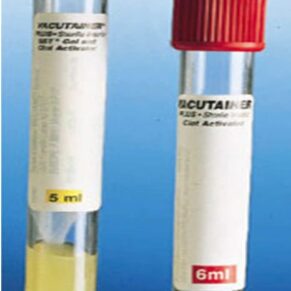- Your cart is empty
- Continue shopping
Shop
HEMOGLOBIN
How the Test is Performed
How to Prepare for the Test
No special preparation is necessary.
How the Test will Feel
When the needle is inserted to draw blood, some people feel moderate pain. Others feel only a prick or stinging. Afterward, there may be some throbbing or a slight bruise. This soon goes away.
Why the Test is Performed
The hemoglobin test is a common test and is almost always done as part of a complete blood count (CBC). Reasons or conditions for ordering the hemoglobin test include:
- Before and after major surgery
- Blood in your stools, or vomit (if you throw up)
- Chronic medical problems, such as kidney disease or certain types of arthritis
- During pregnancy
- Fatigue, poor health, or unexplained weight loss
- Headaches
- Heavy menstrual periods
- Leukemia or other problems in the bone marrow
- Monitoring during treatment for cancer
- Monitoring medicines that may cause anemia or low blood counts
- Monitoring of anemia and its cause
- Poor nutrition
- Problems concentrating
Normal Results
Normal results for adults vary, but in general are:
- Male: 13.8 to 17.2 grams per deciliter (g/dL) or 138 to 172 grams per liter (g/L)
- Female: 12.1 to 15.1 g/dL or 121 to 151 g/L
Normal results for children vary, but in general are:
- Newborn: 14 to 24 g/dL or 140 to 240 g/L
- Infant: 9.5 to 13 g/dL or 95 to 130 g/L
The ranges above are common measurements for results of these tests. Normal value ranges may vary slightly among different laboratories. Some labs use different measurements or test different samples. Talk to your health care provider about the meaning of your specific test results.
What Abnormal Results Mean
LOWER THAN NORMAL HEMOGLOBIN
Low hemoglobin level may be due to:
- Anemia
- Bleeding
- Bone marrow being unable to produce new red blood cells. This may be due to leukemia, other cancers, drug toxicity, radiation therapy, infection, or bone marrow disorders
- Chronic illness
- Chronic kidney disease
- Destruction of red blood cells (hemolysis)
- Leukemia
- Malnutrition
- Too little iron, folate, vitamin B12, and vitamin B6 in the diet
- Too much water in the body
HIGHER THAN NORMAL HEMOGLOBIN
High hemoglobin level is most often caused by low oxygen levels in the blood (hypoxia), present over a long period of time. Common reasons include:
- Bone marrow disease that causes abnormal increase in red blood cells (polycythemia vera)
- Congenital heart disease
- Exposure to high altitude
- Failure of the right side of the heart
- Low levels of oxygen in the blood
- Scarring or thickening of the lungs
- Too little water in the body (dehydration)






Customer reviews
Reviews
There are no reviews yet.
Write a customer review